Tips For Using Vintage Sewing Patterns

The best part about vintage style is that it's always on-trend! And while you can find plenty of modern sewing patterns that offer a retro-flair, the best way to add that timeless look to your wardrobe is to simply sew garments using vintage sewing patterns! They're super easy to thrift or find secondhand, and you can often find them for a steal! With that said, sewing your own clothing using vintage sewing patterns can be a bit of a challenge if you're not sure what to look for. In this blog post, we'll explore the differences between vintage and modern clothing sewing patterns and provide you with essential tips to help you sew your own clothing using vintage patterns.
Get Familiar With Vintage Sizing and Fit:
One noticeable difference between vintage and modern sewing patterns lies in their sizing and fit. Vintage patterns typically adhere to older sizing standards, which can differ significantly from modern measurements. It's crucial to take accurate body measurements and compare them to the pattern's size chart. Adjustments, such as grading between sizes or altering the pattern to accommodate a modern body shape, may be necessary for achieving the desired fit.
Do Your Vintage Style Research:
When diving into the world of vintage sewing patterns, take the time to research different eras and styles that interest you. Explore pattern catalogs, online resources, and vintage shops to find patterns that align with your vision. For example, I tend to stick to patterns from the 60's, 80's, and 90's as those styles and silhouettes feel the most comfortable for me to wear and feel the most like *me*. In fact, my most recent sewing project was a pair of linen pleated pants I made using this Easy McCall's pattern from 1985. (see the results below!)
Expect Minimal Instructions:
Another distinction lies in the construction techniques and instructions provided in vintage and modern patterns. Vintage patterns may assume a certain level of sewing knowledge, utilizing techniques that may not be as commonly practiced today. Reading and understanding vintage pattern instructions may require some research and familiarity with older sewing terminology. Modern patterns often provide more detailed and beginner-friendly instructions, making them accessible to sewists of all levels.
For example, this particular pattern did not provide any instructions on how to add the elastic to the waistband apart from simply "add the elastic to the waistband". I had to figure that step out on my own!
Consider Preserving Or Adapting The Pattern:
Vintage sewing patterns often come with fragile paper envelopes and delicate tissue patterns. To preserve them, consider duplicating the pattern pieces by tracing them onto sturdier paper or digitizing them for longevity. Moreover, vintage patterns can serve as a foundation for adapting and customizing designs to suit your preferences. Experiment with different fabric choices, mix and match pattern elements, or add contemporary touches to create a garment that merges the beauty of the past with the present.
Check Condition Before Purchasing:
As most vintage patterns have been previously used, it's not uncommon to find that your pattern may be missing a few pieces or instructions. Or, you may find that the pieces you do have may have been altered by the previous owner to fit *their* needs. For example, the pattern I used for these pants had been slashed at the leg in order to lengthen them- a strip of paper had been pinned to each leg pattern piece! Not only did I almost prick my finger on vintage pins because of this (never good!), but, I also had to spend time altering the pattern pieces to fit my desired length. If possible, always check your patterns to ensure they are in good, complete condition before purchasing.
Don't Be Afraid To "Make It Modern"
Have some fun experimenting with your vintage patterns to bring them into the modern world. You can do this by eliminating certain design details altogether, or simply choosing to sew them up using trending fabrics or notions. For example, the samples on this envelope showed the pattern being made in bright, bold patterns and colors- something more in-style when the pattern was published back in 1985. By sewing them in this soft , slightly more neutral green linen fabric, and pairing them with slip-on sneakers and a black top, the pants immediately take on a more modern and refreshed aesthetic.
Whether you're captivated by the fashion of the past or seeking to infuse your wardrobe with a touch of nostalgia, sewing your own clothing using vintage patterns is a delightful journey of creativity and craftsmanship. Embrace the design aesthetics, adapt to different sizing standards, and familiarize yourself with vintage construction techniques. Preserve the patterns for future use, and connect with the sewing community to share experiences and gain valuable insights. By combining your passion for sewing with the unique appeal of vintage patterns, you'll create garments that honor the past while expressing your individual style. Happy making!
Enjoyed the project?
Suggested materials:
- Easy McCall's 9525 (Goodwill (Thrift Store))
- Linen Cotton Blend Fabric (Minerva.com)
The author may collect a small share of sales from the links on this page.
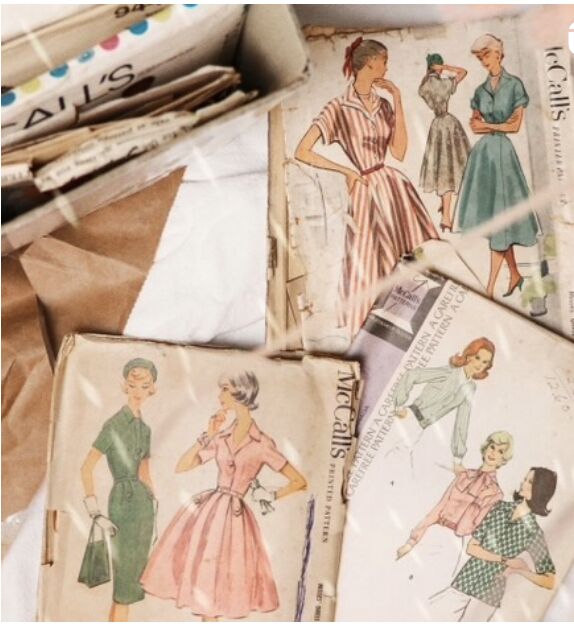






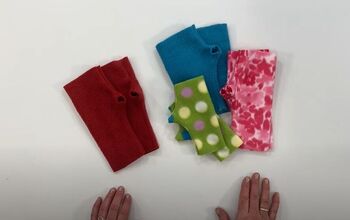
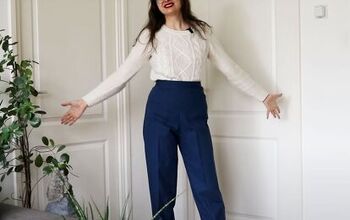


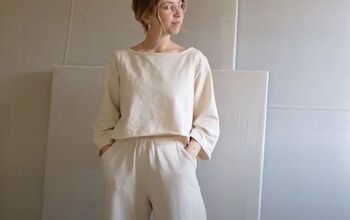

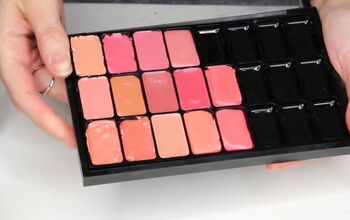

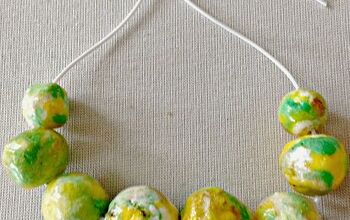


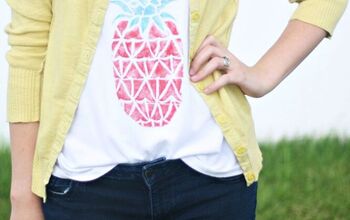
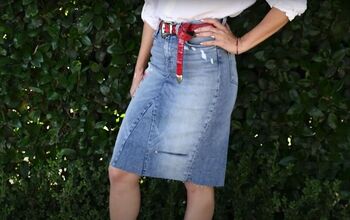
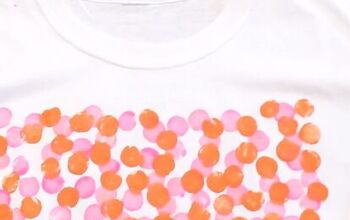
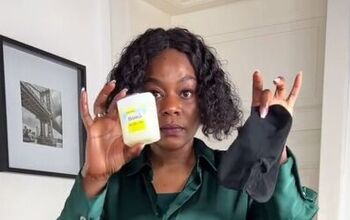
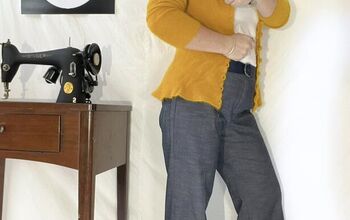


Comments
Join the conversation